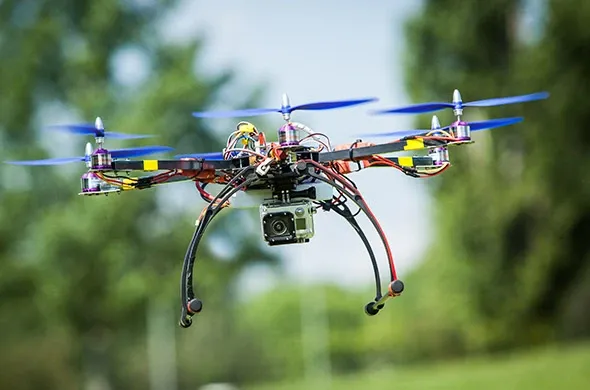ENT Reports Stable Business Performance in 1Q24
Croatia-based Ericsson Nikola Tesla reported Sales revenue of €52 million, as net profit amounted to €6.4 million.

The successful use of small drones as weapons by terrorists in Middle Eastern war zones is raising concerns among U.S. security agencies that homegrown extremists will utilize them for domestic attacks, according to Bloomberg.
As millions of light-weight drones flood the consumer market and the federal government struggles with monitoring the devices, counter-terror agencies now see a possibility that they could be used in the U.S. to carry explosives or as surveillance platforms, according to officials at a security conference in Washington.
“They are doing all sorts of innovative and experimental things,“ John Mulligan, deputy director of the U.S. National Counterterrorism Center, said. “We’ve seen them using them in surveillance. We’ve seen them using them in weapons delivery. We can rest assured that they will continue to fine tune their capabilities in this regard.“
Terror groups outside the U.S. have in just over a year gone from tentative experiments to more successful and deadly uses of drones. An Associated Press reporter earlier this year visited an ISIS warehouse for drones in Mosul, Iraq, the scene of intense fighting between the group and government troops. Videos on YouTube and other sites show ISIS fighters using drones to drop bombs on opponents.
“Small UAS with a small payload, that can be absolutely deadly,“ said Mark Lilly, a civilian employee of the Air Force who is an expert in security threats, referring to drones by the acronym for unmanned aerial systems. Small amounts of explosive compounds could be attached to small commercial drones that have been sold in this country, Lilly said. “Anyone who has ever seen or worked with C-4 knows it doesn’t take much against a high value target, be it a civil 747 or 757 full of passengers or even on the ramp flying into the intake of an engine and exploding it,“ he said.
For years, the threat was viewed as more theoretical, but the ease of obtaining highly capable small drones combined with the way terror groups in the Middle East have used them have made the concerns real, said William Hewitt, chief of the UAS Threat Integration Cell at the U.S. Department of Homeland Security. “Now it is a tangible reality,“ Hewitt said.